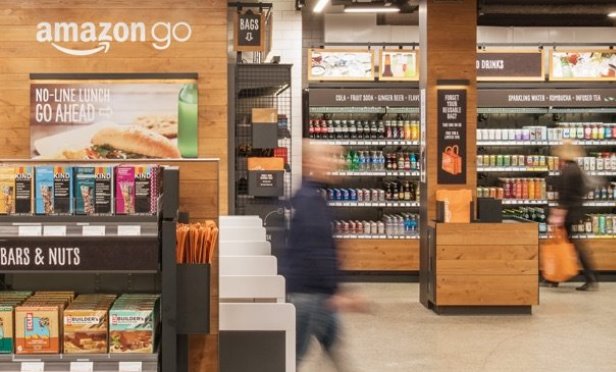© Touchpoint Markets, All Rights Reserved. Request academic re-use from www.copyright.com. All other uses, submit a request to [email protected]. For more inforrmation visit Asset & Logo Licensing.
How Retailers are Competing with Amazon
As retail continues its rapid evolution, it is going to great lengths to create an in-person, experiential and value/convenience counterpart to the online world, GlobeSt.com learns in part one of this EXCLUSIVE.
Trending Stories
Events
- Real EstateGlobeSt. ELITE Women of Influence (WOI) 2025July 21, 2025 - DenverGlobeSt. Women of Influence Conference celebrates the women who drive the commercial real estate industry forward.More Information
- Real EstateGlobeSt. Multifamily Fall 2025October 15, 2025 - Los AngelesJoin the industry's top owners, investors, developers, brokers & financiers at THE MULTIFAMILY EVENT OF THE YEAR!More Information
Recommended Stories
CMBS Special Servicing Rate Hits 11-Year High as Distress Builds
By Erik Sherman | July 15, 2025
It’s the third consecutive monthly increase.
Vantage Data Centers Expands to Nevada With $3B Campus Investment
By Anthony Russo | July 15, 2025
This will mark the company's eighth data center in North America.
Retail Availability in Prime NYC Drops To Record Low
By Anthony Russo | July 15, 2025
Also, rents were at their highest levels in nearly five years.
Resource Center

Report
Sponsored by TheGuarantors
2025 State of Renter Delinquency and Default
Renter default is a critical challenge. This report, based on a survey of 400+ multifamily professionals, reveals key trends, economic drivers, and mitigation gaps to help you build resilience in 2025. You'll gain insights into the root causes of renter default, the operational strains it can put on your portfolio, and strategies you can leverage to protect your investments and maintain stability.

Assessment
Sponsored by Building Engines
CRE Property Management Assessment: Your Building Operations Scorecard
How do your building operations measure up? Use this detailed scorecard to evaluate your operational approach across five key areas.

White Paper
Sponsored by TheGuarantors
5 Strategic Moves to Protect Your Multifamily NOI in 2025's Squeeze
Skyrocketing economic uncertainty means it’s essential for multifamily owners and operators to strengthen risk mitigation capabilities. Discover expert insights from industry experts, including the President of NMHC, to tackle 2025 challenges such as slower lease-ups, cost pressures, renter fraud, high reliance on concessions, and more.





